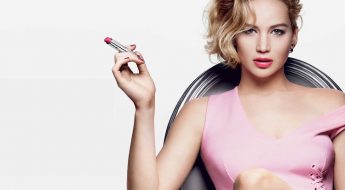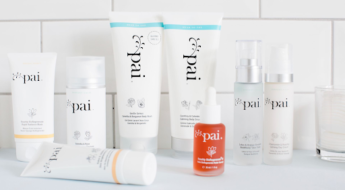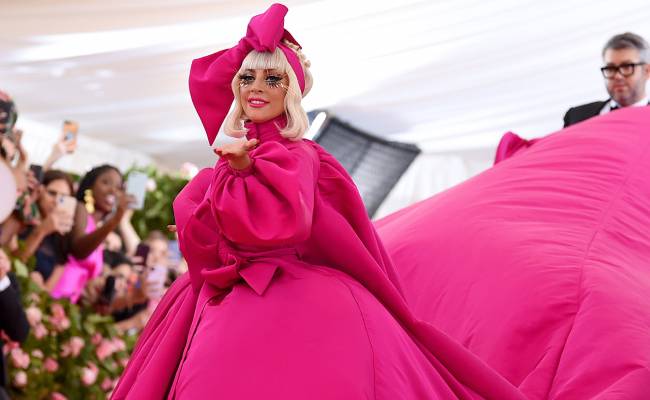
What Makes a Cosmetic Product “Clean”?
Clean beauty means safer, more environmentally friendly cosmetics that will not contain harmful chemicals. These products do not have ingredients such as parabens, sulfates, phthalates, and synthetic fragrances. Rather, they choose components that are cruelty-free, environmentally friendly, and non-toxic. Products labeled “clean” must comply with strict standards set by regulatory authorities or independent organizations that guarantee they don’t contain toxic chemicals, use sustainable methods, and disclose all ingredients.
Key Features of Clean Beauty:
- Non-toxic ingredients: Clean products avoid harmful chemicals.
- Transparency: Full ingredient disclosure, making it easier for consumers to understand what they’re using.
- Sustainability: Many brands focus on eco-friendly production and packaging.
Important Labels to Watch Out For: When choosing clean beauty products, understanding the label is crucial. Ingredients are typically listed in order of concentration. Here are some key things to look out for:
- Parabens: Used as preservatives but linked to hormone disruption.
- Sulfates: Found in cleansers but can cause skin irritation.
- Phthalates: Linked to reproductive toxicity, often hidden under the term “fragrance.”
- Synthetic Fragrances: These may contain harmful chemicals and should be avoided.
- Certifications: Look for third-party verifications such as “USDA Organic,” “Leaping Bunny,” “Ecocert,” and “Clean at Sephora” to ensure the product adheres to clean beauty standards.


“Clean at Sephora” to ensure the product adheres to clean beauty standards.
Top Clean Beauty Brands to Watch in 2024
As clean beauty continues to gain traction, several brands are rising to prominence with a commitment to transparency, safety, and sustainability. Here are a few standout brands to explore:
- Tula Skincare
USP: Probiotic-based formulas promote natural skin health without harsh additives. Tula’s skincare range balances the skin’s microbiome, helping users achieve radiant, healthy skin. - GXVE Beauty by Gwen Stefani
USP: Bold, vibrant makeup that’s vegan, cruelty-free, and clean. The celebrity founder brings a pop star aesthetic to clean beauty, without compromising on safety or quality. - ILIA Beauty
USP: Clean beauty with high-performance makeup. ILIA’s products blend skincare and makeup, offering natural formulations without synthetic fragrances or parabens. - Herbivore Botanicals
USP: Plant-based, cruelty-free skincare with full ingredient transparency. Known for its luxurious packaging and effective natural formulations, Herbivore stands out as a leader in plant-powered beauty. - Kora Organics by Miranda Kerr
USP: Certified organic skincare that nourishes the skin with no harmful chemicals. Supermodel Miranda Kerr has crafted Kora to offer clean beauty while maintaining effectiveness and luxury.
Celebrity Influence in Clean Beauty
Celebrities like Gwen Stefani and Miranda Kerr have made clean beauty a major trend, launching their lines that highlight the importance of ingredient transparency and ethical production. These celebrity endorsements help consumers see that clean beauty can be both glamorous and safe.

GXVE By Gwen Stefani

KORA Organics by Miranda Kerr
Stats Highlighting Clean Beauty Growth
The clean beauty market has been rapidly growing, with the global clean beauty market size valued at USD 5.45 billion in 2020 and expected to grow at a 9.6% compound annual growth rate (CAGR) from 2021 to 2028. Consumers are becoming increasingly aware of the harmful effects of chemicals in cosmetics and are actively seeking safer, more sustainable options. This growth is expected to continue as more brands enter the clean beauty space.
Decoding Labels: How to Read Ingredients on Clean Beauty Products
Understanding the labels on clean beauty products can help you make informed choices. Here’s what to look for:
- First Ingredients: These are present in the highest concentrations, so pay attention to them.
- Avoid “Fragrance” or “Parfum”: These terms can mask a variety of harmful chemicals.
- Look for “Free From” Labels: Clean products often proudly display “paraben-free,” “sulfate-free,” and “phthalate-free” labels, indicating safer alternatives.
Additionally, check for certifications like Leaping Bunny (cruelty-free) and Ecocert (natural/organic), which provide further assurances about the product’s quality.

Can You Transition to Clean Beauty Easily?
Yes, transitioning to clean beauty is possible without overwhelming yourself. Here’s a simple guide for those starting their journey:
- Start Small: Replace essentials like moisturizers and cleansers first. These are products you use daily and will have the most immediate effect on your skin.
- Purge Toxic Products: As you introduce clean products, gradually phase out those with harmful ingredients. Always check for parabens, sulfates, and synthetic fragrances.
- Research Brands: Visit brand websites like Tula, GXVE Beauty, and Herbivore Botanicals to ensure they meet your clean beauty standards. Look for ingredient transparency and sustainable practices.
Take Your Time: Switching to clean beauty isn’t about perfection from day one. Gradually transition to give your skin time to adjust to new formulations.
Clean Beauty for Sensitive Skin
For those with sensitive skin, clean beauty products can be a game changer. Brands like Pai Skincare offer hypoallergenic, dermatologist-tested formulations, ensuring products are gentle yet effective.
What to Look for:
- Hypoallergenic: Reduces the risk of allergic reactions.
- Fragrance-free: Avoids irritation from synthetic scents.
- Soothing Ingredients: Look for chamomile, rosehip, or aloe vera to calm sensitive skin.

The Environmental Impact of Clean Cosmetics Packaging
Clean beauty goes beyond ingredients; it also focuses on reducing environmental impact through packaging. Here’s how brands are tackling this issue:
- Biodegradable Packaging: Some companies use plant-based plastics that decompose naturally over time.
- Refillable Containers: Brands like Kjaer Weis offer refillable options to minimize waste.
- Minimalist Design: Products like those from RMS Beauty focus on reducing excess packaging, contributing to a more eco-friendly beauty routine.
These practices align clean beauty with broader sustainability goals, allowing consumers to care for both their skin and the planet.
Clean vs. Green Beauty: What’s the Difference?
Clean beauty focuses on safety by avoiding toxic chemicals, while green beauty emphasizes eco-friendliness and sustainable production. Green beauty products are often wrapped in biodegradable materials, while clean beauty prioritizes transparency in ingredients. The two movements complement each other, offering safe, eco-conscious alternatives to conventional beauty products.
Is the Information Sufficient for a New Clean Beauty User?
The article provides a solid foundation for users wanting to dive into clean beauty, with clear explanations of what clean beauty is, how to read labels and trustworthy brand recommendations. However, including statistics on industry growth gives a stronger sense of how widespread and trusted clean beauty has become. The inclusion of celebrity endorsements also makes clean beauty feel more accessible, showing that clean products can be both safe and glamorous.
By exploring clean beauty brands and understanding the labels and certifications, new users can confidently make the switch to a healthier, more environmentally friendly beauty routine.








Leave a Comment